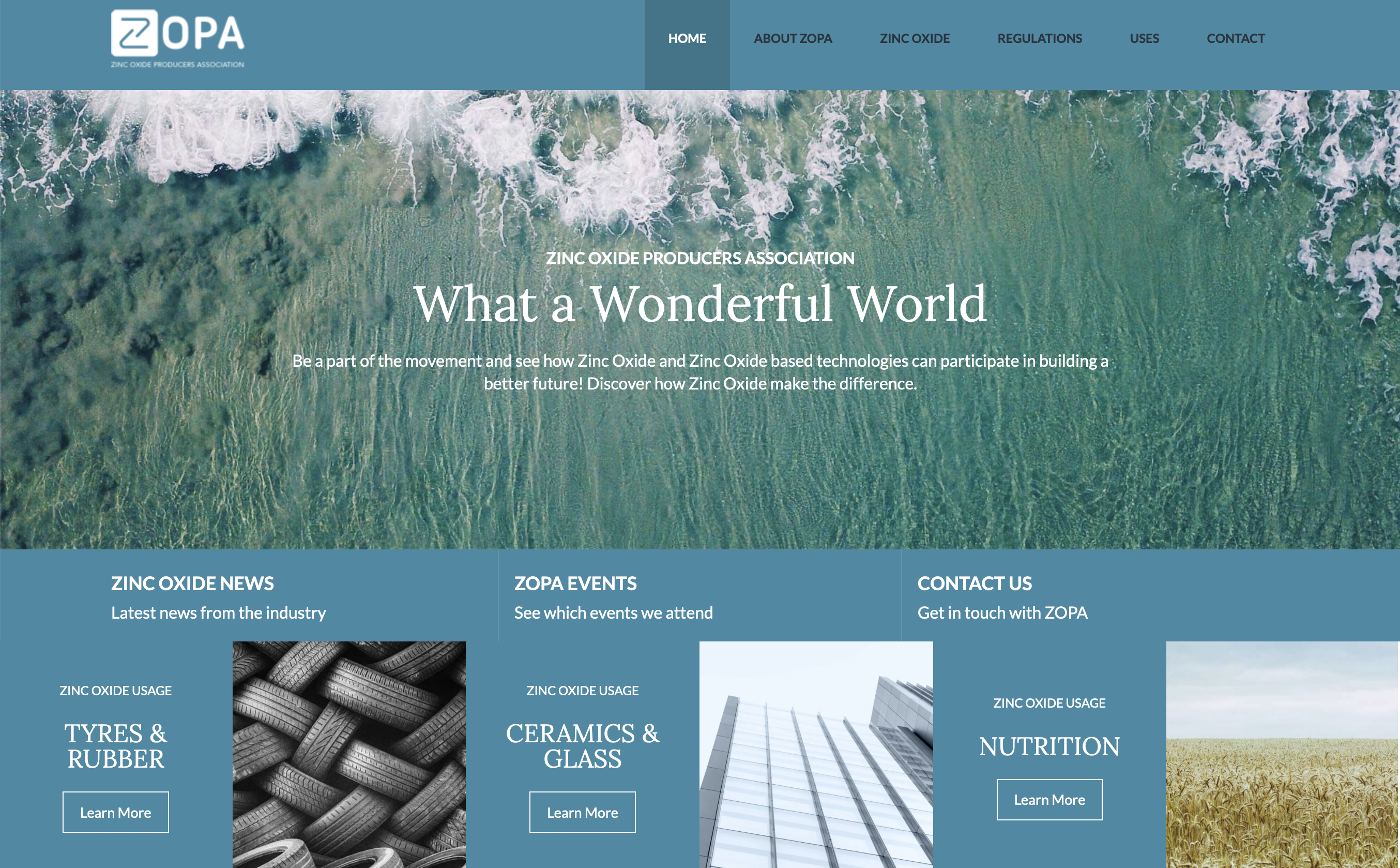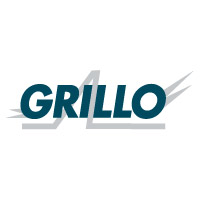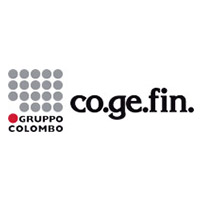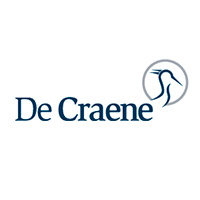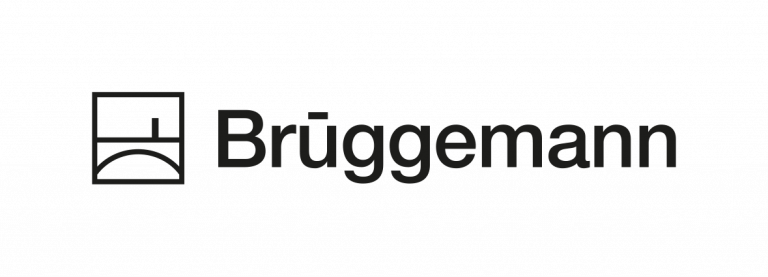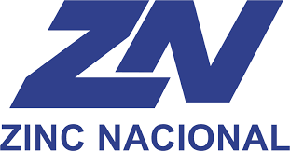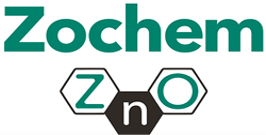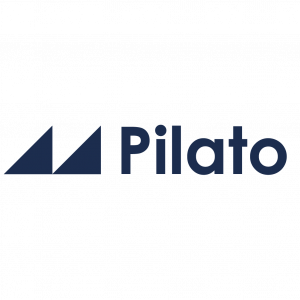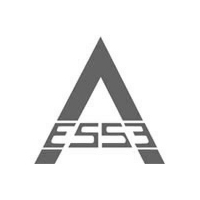Zinc Chemicals
SURPRISING ZINC
Zinc dust and powders account for nearly 10% of total zinc consumption and are indispensable raw materials for a multitude of everyday products including batteries, ceramics, cosmetics, glass, pharmaceuticals, plastics, rubber, and paints.
.
Zinc Oxide
Zinc oxide (ZnO) is the most widely used zinc compound and can be produced according to a number of different processes. In the French (indirect) method, zinc oxide is produced by the combustion of zinc metal.
When zinc oxide is extracted from zinc ore or smelter by products (e.g., using oxidized zinc) it is called the American or the direct method. There are also wet chemical processes that begin with purified zinc solutions, although the French method remains the most common.
Zinc Dust and Powders
Zinc powders and dusts are essentially finely divided zinc metal. A distinction is often made whereby ‘zinc dust’ refers to the product made by condensation of zinc vapor and ‘zinc powder’ to the product of atomization of molten zinc. However, since the difference between powder and dust is essentially a matter of fineness, dusts being finer – sometimes the terms ‘dust’ and ‘powder’ are used simply to differentiate fine or course materials.
Market Applications

Coatings
LEARN MORE
Coatings
Zinc is used in paints as a pigment and improves the lightfastness and hardness of the coating. It also imparts corrosion protection properties to the paint, acts as an anti-fouling agent, and has good anti-microbial properties.

Lubricants
LEARN MORE
Lubricants
Zinc is used in the production of certain specialized lubricants and grease formulations such as greases for high temperature or high-pressure applications or automotive lubricants. The main role of zinc oxide in automotive engine oils is to help in reducing the oxidation, corrosion and wear on the engine.

Glass & Ceramics
LEARN MORE
Glass & Ceramics
Zinc is used extensively in manufacturing glass and ceramics, mainly as a fluxing agent in preparing frits and enamels for ceramic objects. Heat-resistant glass, cookware, and specialty glass applications, including photochromic lenses, also rely on zinc.

Electronics
LEARN MORE
Electronics
Zinc oxide nanowires are creating new opportunities in LED manufacture, semi-conductor devices and even wearable fabrics capable of powering digital devices. Compared with conventional processes, the material and production process are more cost-effective and safer.

Chemicals
LEARN MORE
Chemicals
Zinc plays an important role in a range of chemical reactions. In terms of applications, these reactions are important for life science applications (as the reagent for the synthesis of organozinc compounds), for the recovery of precious (eg. gold and silver) and platinum group metals, or in the purification process of leach solutions for the zinc metal production.
Various chemicals use zinc as part of their manufacturing process, such as zinc stearate, zinc diacrylate, zinc borate, and others. These chemicals are themselves used in several applications that include plastics, rubbers and flame-retardant materials.
With its unique chemical and electronic properties, zinc oxide plays an important role in making catalytic converters. These devices turn toxins into harmless gases, and are used to make plastics, pharmaceuticals, and fuel to run your car.

Fertilizers
LEARN MORE
Fertilizers
Zinc deficiency is one of the most widespread micronutrient deficiencies in crops worldwide causing impactful losses in crop production and quality. Zinc is recognized as an essential micronutrient to plants and grains. The use of zinc as an inorganic micronutrient fertilizer includes direct application to soils to correct the zinc deficiency, root dipping and seed coating before crop transplant but also as ingredient for foliar applications of zinc. These are widely used, especially with fruit trees and grapevines.
Micronutrient deficiency in soil and the need to produce more food grains on limited arable land are expected to contribute to the progressive growth of general demand in fertilizers. The increasing demand of cereals, fruit & vegetables, and oilseed & pulses is expected to drive the agricultural micronutrients demand, resulting in demand for zinc.

Solar
LEARN MORE
Solar
German researchers at the Energy Research Centre of Lower Saxony (EFZN) are experimenting with Zinc Oxide as a semiconductor to generate energy from the sun. The ‘NanoSol’ project aims to develop new white light sources and photovoltaic (PV) devices, since current solar cells have their drawbacks.
To do this, researchers are using Zinc Oxide nanowires with polymer coatings. Because the nanowires are monocrystalline, they are better at transferring electrons in optoelectronic parts such as solar cells. While more research is needed, the NanoSol project aims to convert almost 100% of energy into light – compared to 70%-80% in normal lamps.
Zinc Oxide is also the focus of a project called ‘NEPHOS’. A decade ago, a team of researchers from Harvard University wanted to increase the energy from lightsensitive materials. They fired laser pulses at the surface of a silicon wafer, in a sulphurous atmosphere. The material turned dark, earning it the name ‘black silicon’. It reflects less incident light than normal silicon – 5% compared to 30%. And once sulphur is added, the black silicon converts invisible infrared light into electrical energy. This change in band structure means a larger range of the solar spectrum is absorbed, used to generate electricity in solar cells. It is thought this could work on less costly materials than silicon, such as Zinc Oxide.

Tires
LEARN MORE
Tires
One of the primary uses of ZnO is as a vulcanizing activator in the rubber industry. It is especially critical in manufacturing tires where it imparts unique characteristics such as increased resilience and elasticity – literally putting the ‘bounce’ in rubber.

Pharmaceuticals
LEARN MORE
Pharmaceuticals
Because of its many useful properties (such as UV absorption, mild antiseptic effects, healing of chapped skin) zinc is used in a wide range of cosmetics and personal care products including makeup, bandages, diapers, nail products, bath soaps and foot powders. Zinc oxide is also used in skin protectants, such as diaper rash ointments and sunscreen products.

Batteries
LEARN MORE
Batteries
In 1799, Italian physicist Alessandro Volta created the first electrical battery that could provide a continuous electrical current to a circuit. The voltaic pile used zinc and copper for electrodes with brine-soaked paper for an electrolyte.
Zinc has been an important part of batteries ever since. Zinc-alkaline batteries (D, C, AA, and AAA cells) are widely used for radios, flashlights, cameras, and toys. Button cell zinc-air batteries are commonly used in hearing aids, calculators, and watches.
Zinc is also a key ingredient in new designs of high-energy rechargeable batteries capable of serving a wide range of e-mobility and e-stationary applications. With its many distinct advantages of low cost, high performance, and sustainability, zinc is set to play an important role in energy storage for years to come.

Plastics
LEARN MORE
Plastics
Zinc compounds provide a variety of properties in the plastic field:
- They impart fire-resistant properties to nylon fibers and moldings.
- Heat resistance and mechanical strength to acrylic composites.
- The dyeability of polyester fibers is improved by zinc.
- Zinc mixtures stabilize polyethylene against aging and ultraviolet radiation. Applications include safety helmets, stadium seating, insulation, pallets, bags, fiber and filament, agricultural and recreational equipment.

Animal Feed
LEARN MORE
Animal Feed
Zinc is an essential trace element for all living things and an important ingredient in animal feed as it plays an active role in the function of more than 300 enzymes and hormones.
LEARN MORE
ZOPA, the Zinc Oxide Producers Association, is a non-commercial organisation representing The Zinc Oxide Industry. ZOPA is a Sector Group of the International Zinc Association (IZA).
